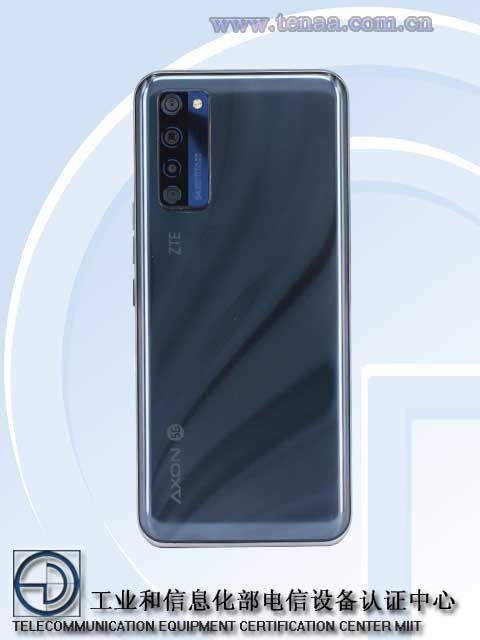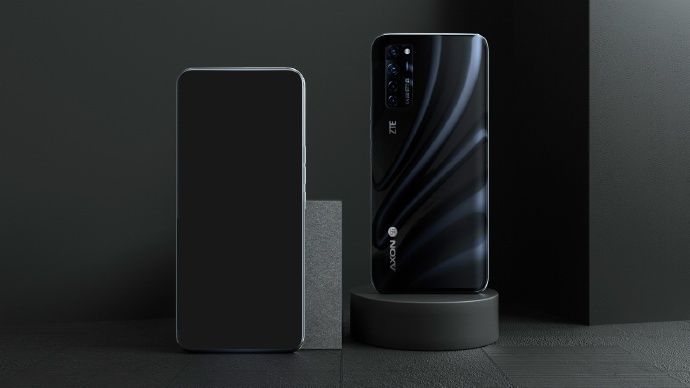Google first rolled out wireless Android Auto all the way back in 2018 but, at the time, the feature was limited to Nexus and Pixel devices running Android 8.0 Oreo. Soon after its launch, a few users managed to enable wireless Android Auto on a few non-Google devices and the company also extended support to some Samsung Galaxy flagships. While Google has since rolled out wireless Android Auto support in more regions, the number of officially supported devices is still too small. However, that’s expected to change with the Android 11 rollout later this year.
According to a recent report from 9to5Google, Google has updated its support page for Android Auto with a new note which states that “Any smartphone with Android 11.0” can use Android Auto wirelessly. This means that all Android devices that are expected to receive the Android 11 update later this year will be able to connect wirelessly to Android Auto. But there’s one catch.

In order to connect to Android Auto wirelessly, devices will need to be able to connect to 5GHz WiFi networks. Google further adds that some EU residents may not be able to use wireless Android Auto even after receiving the Android 11 update, as the EU has specific requirements for 5GHz WiFi being used in cars. Similarly, users in countries like Japan and Russia won’t be able to use Android Auto wirelessly.
The update comes at a time when Google is actively extending Android Auto support to more car manufacturers and app developers. The company recently revealed that Android Auto is on track to be in more than 100 million cars in the coming months and the platform is set to receive a host of new features that will help users with navigation, parking, and electric vehicle charging.
Source: Android Auto Help
Via: 9to5Google
The post Wireless Android Auto works on all Android 11 devices with 5GHz Wi-Fi appeared first on xda-developers.
from xda-developers https://ift.tt/3l1YFay
via IFTTT
















